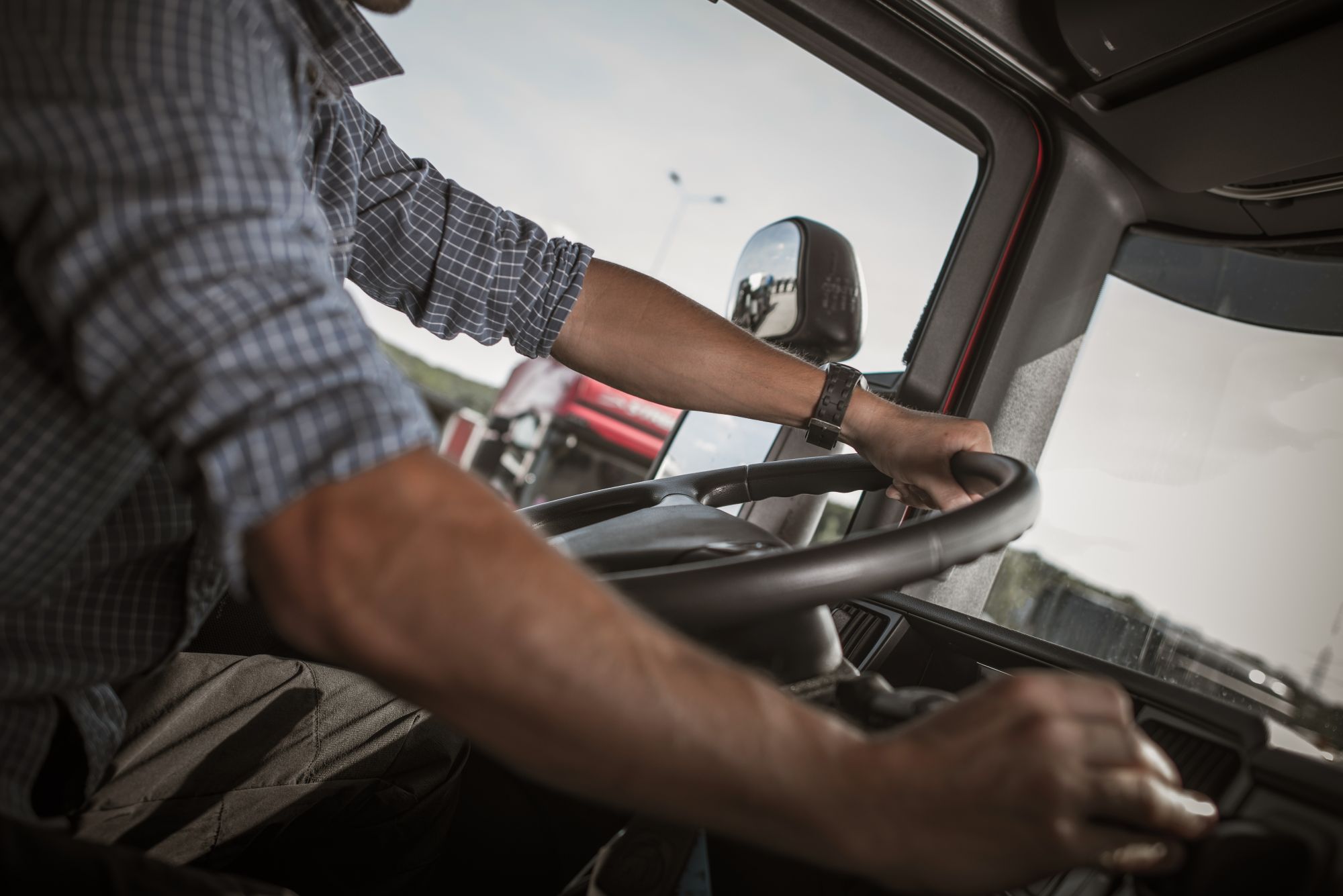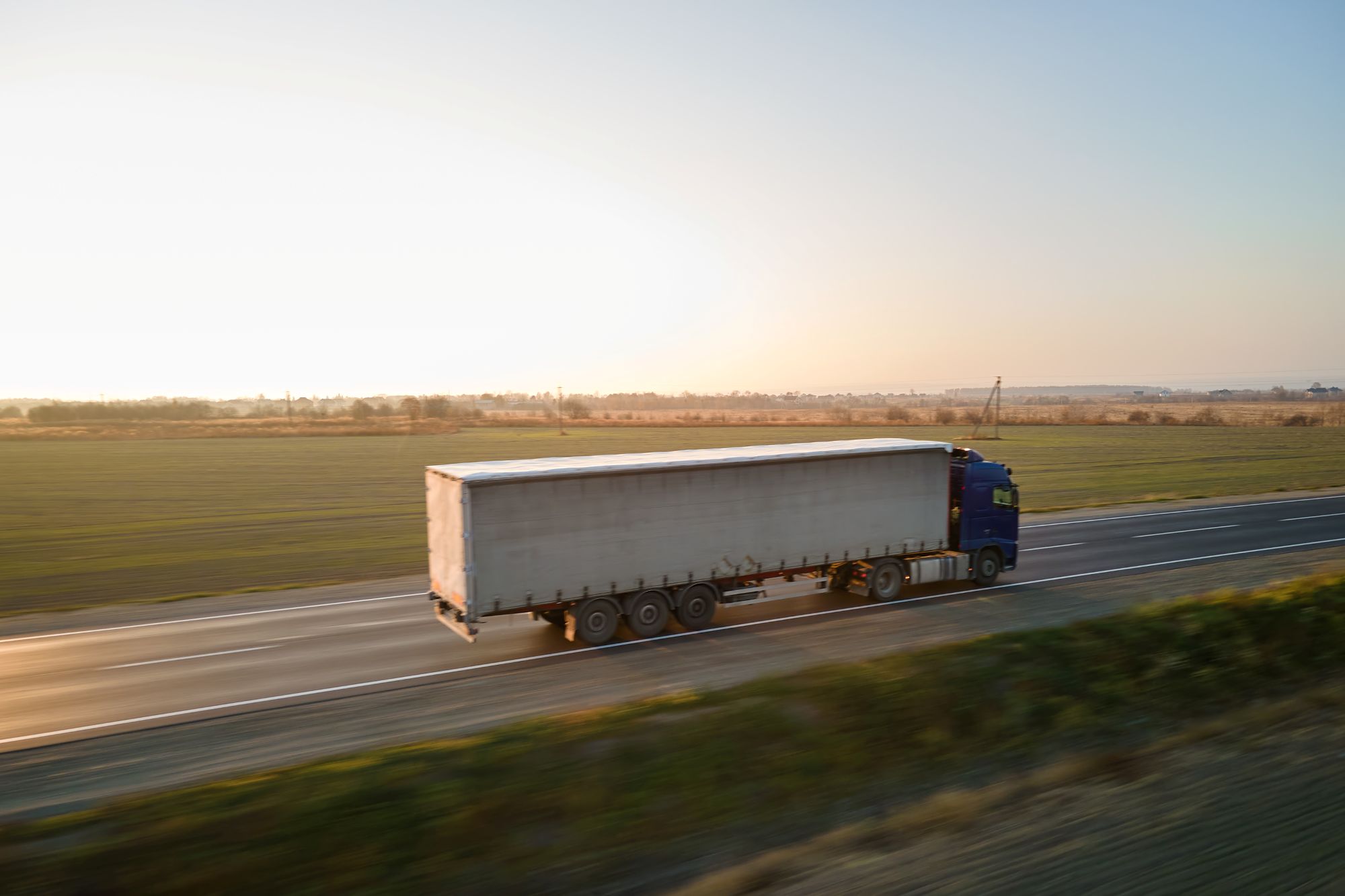
Guest
Tahografe inteligente de a doua generație: Ce trebuie să știe administratorii de flote
Creat: 28.10.2025
•
Actualizat: 28.10.2025
Industria transportului rutier din Europa trece printr-o schimbare semnificativă odată cu lansarea tahografului inteligent de a doua generație (Smart Tachograph Version 2 sau G2V2). Aceste noi dispozitive au fost introduse în cadrul [Pachetului UE privind mobilitatea] (https://transport.ec.europa.eu/transport-modes/road/mobility-package-i_en) pentru a îmbunătăți siguranța rutieră, pentru a asigura o concurență loială și pentru a proteja drepturile conducătorilor auto.
Pentru managerii de flote din întreaga UE - și din Regatul Unit pentru cei care operează la nivel internațional - este esențial să înțeleagă ce presupune noul tahograf inteligent v2, termenele de punere în aplicare și modul în care acesta va afecta operațiunile zilnice. Acest articol oferă o prezentare practică a caracteristicilor G2V2, a termenelor de reglementare și a implicațiilor operaționale pentru flote.
Ce este tahograful inteligent de a doua generație?
Tahograful inteligent de a doua generație este o unitate de tahograf digital modernizată, cu capacități îmbunătățite, concepută pentru a stimula respectarea normelor de conducere și a simplifica aplicarea acestora.
Pornind de la primele tahografe inteligente introduse în 2019, noul tahograf inteligent adaugă câteva caracteristici importante:
* Urmărire GNSS cu detectarea automată a frontierelor:* Dispozitivele G2V2 utilizează poziționarea prin satelit (Galileo GNSS) pentru a înregistra poziția unui vehicul atunci când traversează frontierele naționale. Acest lucru contribuie la aplicarea normelor privind cabotajul și detașarea șoferilor prin furnizarea de înregistrări precise ale momentului în care un camion intră într-o țară nouă.
Acces la date de la distanță pentru aplicarea legii: Noul tahograf permite agenților de aplicare a legii să obțină date fără fir prin intermediul comunicațiilor dedicate pe rază scurtă (DSRC). Inspectorii rutieri pot primi de la distanță informații privind timpul de conducere recent, ultima oprire sau eventualele încălcări pe măsură ce se apropie un camion. În esență, agenții de control pot accesa datele cheie ale tahografului de la G2V2 fără a opri vehiculul, ceea ce facilitează aplicarea mai inteligentă și mai unificată a normelor privind orele de conducere.
Această capacitate de "verificare de la distanță" permite autorităților să preselecteze vehiculele care ar putea necesita o inspecție mai atentă, reducând opririle inutile pentru șoferii care respectă normele.
Integrarea cu sistemele telematice (interfață ITS): G2V2 include o interfață ITS obligatorie cu conectivitate Bluetooth pentru schimbul securizat de date cu sisteme terțe. Aceasta înseamnă că platformele telematice pentru flote se pot asocia cu tahograful pentru a accesa date, cum ar fi locația vehiculului, viteza, activitatea șoferului și chiar evenimente ale vehiculului (de exemplu, utilizarea frânelor) în timp real.
Pentru managerii de flote, această integrare oferă posibilitatea unor fluxuri de date mai bogate pentru monitorizarea conformității și gestionarea rutelor, conectând perfect informațiile tahografului la software-ul existent de gestionare a flotelor.
Înregistrare îmbunătățită a datelor: Noile tahografe G2V2 înregistrează mai multe informații și le păstrează mai mult timp. Jurnalele de activitate ale conducătorilor auto acoperă acum 56 de zile în loc de 28, extinzând perioada de control pentru punerea în aplicare și ajutând operatorii în ceea ce privește păstrarea datelor și auditurile. În plus, noile câmpuri de date oferă o imagine mai completă a fiecărei călătorii. Dispozitivele înregistrează locațiile de încărcare și descărcare, înregistrează dacă vehiculul transportă pasageri sau mărfuri și captează mai detaliat evenimentele de configurare și calibrare. Împreună, aceste actualizări sprijină atât conformitatea, cât și planificarea logistică. Cu toate acestea, șoferii vor avea nevoie de instruire pentru a face noile înregistrări manuale ale punctelor de încărcare și descărcare, deoarece aceste coordonate sunt stocate pentru o verificare ulterioară.
Antifraudă mai puternică și protecție pentru viitor: Unitățile de a doua generație au o securitate îmbunătățită pentru a detecta și a rezista la falsificare. De asemenea, au software actualizabil pentru a permite îmbunătățiri viitoare. În plus, au fost introduse noi carduri de conducător auto (carduri de conducător auto G2V2) cu o memorie mai mare pentru a găzdui datele suplimentare. Nu există nicio cerință legală imediată ca șoferii să înlocuiască cardurile de tahograf digital existente dacă acestea sunt încă valabile, dar pe măsură ce cardurile expiră, acestea vor fi înlocuite cu cele actualizate pentru a utiliza pe deplin caracteristicile G2V2.
Actualizare reglementare
Cele mai importante termene limită pentru tahografe au trecut deja. Toate vehiculele grele care operează la nivel internațional în cadrul UE sau care intră din Regatul Unit trebuie să fie echipate cu tahograful inteligent de a doua generație (G2V2).
Singura etapă rămasă este 1 iulie 2026, când regula va fi extinsă la vehiculele comerciale ușoare cu o greutate cuprinsă între 2,5 și 3,5 tone utilizate pentru transportul internațional. Din punct de vedere istoric, camionetele au fost exceptate de la normele UE privind orele de lucru ale șoferilor și tahograful, însă începând cu iulie 2026, operatorii care transportă mărfuri peste granițe vor trebui să se conformeze.
Această modificare urmărește să elimine lacunele existente de mult timp și să garanteze că șoferii vehiculelor comerciale mai mici respectă aceleași norme privind timpul de odihnă ca și operatorii de vehicule grele. Managerii de flote care gestionează flote paneuropene de camionete ar trebui să înceapă să planifice instalațiile acum, integrând actualizarea în ciclurile de întreținere de rutină sau de reînnoire a flotei pentru a minimiza perturbările.

Impactul asupra flotelor internaționale
Managerii de flote cu operațiuni internaționale trebuie să înțeleagă că conformitatea cu aceste actualizări ale tahografului este acum o condiție prealabilă pentru transportul rutier transfrontalier în Europa. Dacă camioanele dvs. circulă între țările UE sau din Regatul Unit în UE, neechiparea cu tahograful corespunzător vă poate opri activitatea la frontieră.
Iată punctele cheie privind modul în care sunt afectate diferitele flote:
Flote bazate în UE (operațiuni internaționale)
După cum s-a menționat mai sus, începând cu august 2025, orice vehicul greu de marfă care efectuează curse internaționale în interiorul UE trebuie să aibă tahograful de a doua generație. Acest lucru se aplică indiferent de locul în care este înmatriculat camionul în UE. Punerea în aplicare se realizează în timpul controalelor rutiere sau la frontiere. Vehiculele neconforme pot fi retrase de la circulație până la instalarea unui tahograf adecvat.
Operatorii din Regatul Unit care intră în UE
Flotele britanice care efectuează curse internaționale către sau în interiorul UE sunt supuse acelorași cerințe privind tahograful dacă operează vehicule de marfă. Acest lucru se datorează faptului că normele sunt încorporate în tratatul AETR, care reglementează transportul rutier între UE și țările europene din afara UE. Ministerul Transporturilor din Regatul Unit a aliniat reglementările interne pentru a reflecta calendarul UE pentru călătoriile internaționale.
Neefectuarea actualizării nu înseamnă doar o amendă - poate însemna că autocamionul dumneavoastră este oprit la un punct de control și nu își poate finaliza livrarea. Autoritățile din țări precum Franța au impus [amenzi de până la 30 000 EUR] (https://trans.info/en/smart-tachograph-2-406996) și chiar pedepse cu închisoarea pentru încălcări grave ale conformității tahografului. Alte țări precum Germania, Spania și Italia au propriile sancțiuni severe. În plus, neconformitatea poate păta reputația unei companii.
În ceea ce privește partea pozitivă, flotele care respectă normele vor beneficia de o aplicare mai ușoară a legii. Camioanele cu dispozitive actualizate, de exemplu, pot fi oprite mai rar, datorită verificărilor prealabile la distanță, permițând șoferilor care respectă legea să continue să circule.
Efecte asupra bunăstării conducătorilor auto
Unul dintre obiectivele principale ale noii legislații privind tahograful și ale pachetului mai larg privind mobilitatea al UE este îmbunătățirea condițiilor de muncă. Prin automatizarea sarcinilor de înregistrare, cum ar fi intrările la frontieră și limitarea supraprogramării ilegale, sistemul contribuie la asigurarea unei odihne corespunzătoare a conducătorilor auto. Se așteaptă ca acest lucru să reducă incidentele legate de oboseală și să facă aplicarea legii mai echitabilă, oferindu-le șoferilor încrederea că și concurenții respectă aceleași reguli.
De asemenea, aplicarea de la distanță înseamnă că șoferii care respectă normele se confruntă cu mai puține întârzieri pe marginea drumului, ceea ce le permite să finalizeze călătoriile cu mai puțin stres.
Șoferii vor avea nevoie de instruire pentru a se adapta. În timp ce elementele de bază rămân aceleași, noile caracteristici necesită introducerea manuală a locațiilor de încărcare și descărcare și acordul pentru schimbul de date cu sistemele conectate. Înțelegerea acestor solicitări - și a modului de reacție în caz de defecțiune - va simplifica funcționarea.
Din perspectiva flotei, dispozitivele G2V2 stochează de două ori mai multe date (56 de zile), astfel încât descărcările vor fi mai mari și vor conține mai mult istoric. Operatorii trebuie să verifice dacă software-ul tahografului și sistemele de stocare pot face față acestui volum mai mare.
În cele din urmă, cu Bluetooth și conectivitatea online, confidențialitatea datelor a devenit un subiect de discuție. Autoritățile de aplicare a legii pot accesa datele tahografului pentru conformitate, dar atunci când le partajează cu sistemele telematice sau de management, șoferii trebuie mai întâi să își dea acordul. Managerii de flote ar trebui să-i asigure pe șoferi că toate datele sunt gestionate în siguranță și utilizate numai în scopuri legitime, în conformitate cu GDPR.
Planificare în avans
Tahografele inteligente de a doua generație afectează fiecare parte a operațiunilor flotei, de la conformitate și planificarea rutelor până la bunăstarea șoferilor. Adoptarea unei abordări proactive vă va ajuta să rămâneți în conformitate - și să profitați la maximum de noua tehnologie.
Rămâneți informați. Fiți la curent cu actualizările din partea diviziei Mobilitate și Transport a Comisiei Europene, precum și a organismelor din industrie. Regulamentele pot fi complexe, însă rezumatele oficiale și întrebările frecvente reprezintă un bun punct de plecare.
Formați-vă echipele. Organizați discuții despre instrumente sau sesiuni de perfecționare pentru șoferi și managerii de transport, concentrându-vă pe noile funcții, cum ar fi aplicarea la distanță și intrările manuale.
Optimizați-vă rutele. Datele live vă pot ajuta să monitorizați orele de condus rămase, să ajustați planurile de expediere și să identificați rutele care se apropie frecvent de limite.
Construiți o cultură a conformității. Încurajați-vă echipele să privească conformitatea cu tahograful ca parte a bunei gestionări a flotei, nu doar ca o obligație de reglementare. Recunoașteți etapele importante, cum ar fi zero încălcări, investiți în formarea șoferilor și asigurați-vă că toată lumea înțelege modul în care datele exacte aduc beneficii siguranței și eficienței.
Punerea în aplicare a G2V2 aduce provocări, dar și beneficii clare: o aplicare mai strictă, date mai bune și condiții de lucru mai echitabile pentru șoferi. Pentru flotele care îmbrățișează schimbarea, recompensa constă în operațiuni mai ușoare, siguranță sporită și un viitor mai conectat și mai conform pe drumurile Europei.
La SNAP, sprijinim flotele de pe întregul continent în această nouă etapă a transformării digitale. Prin intermediul aplicației intruck, șoferii pot rezerva în avans parcări sigure de-a lungul rutelor lor - în timp ce portalul SNAP permite managerilor de flote să planifice și să rezerve în avans locurile de odihnă, asigurând conformitatea și protejând bunăstarea șoferilor. [Înscrieți-vă astăzi] (https://snapacc.com/sign-up/)



